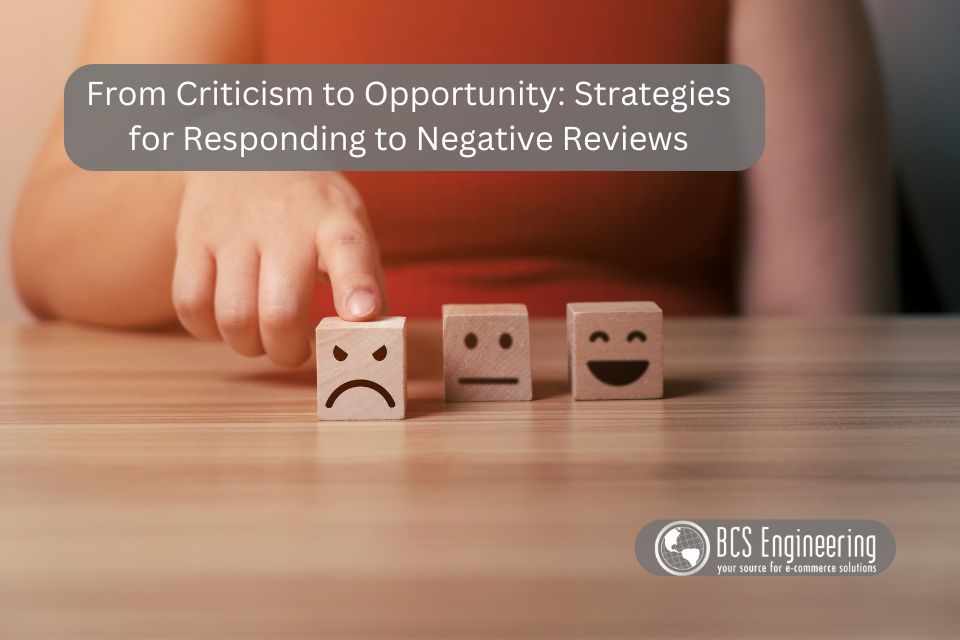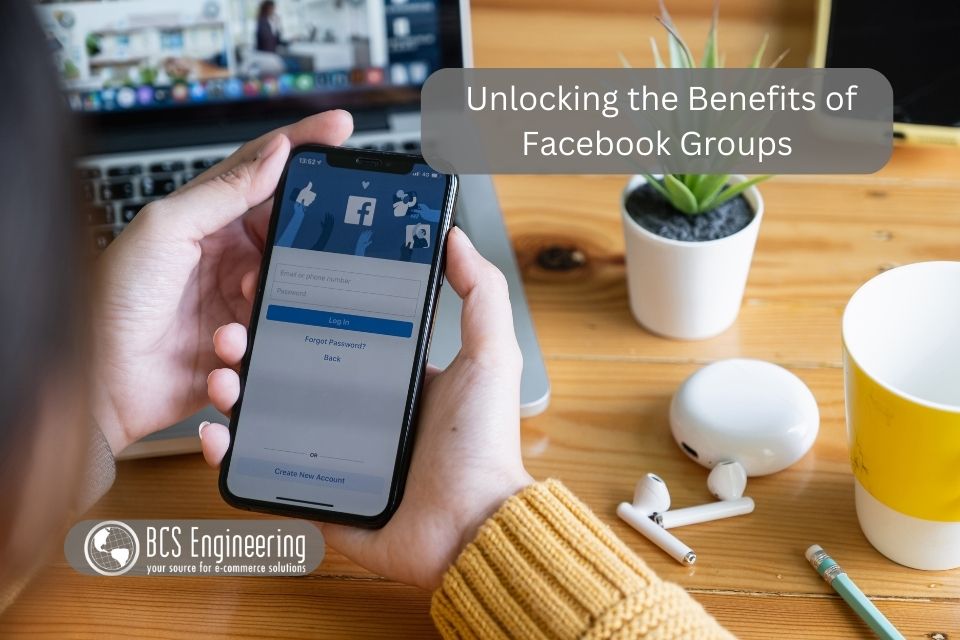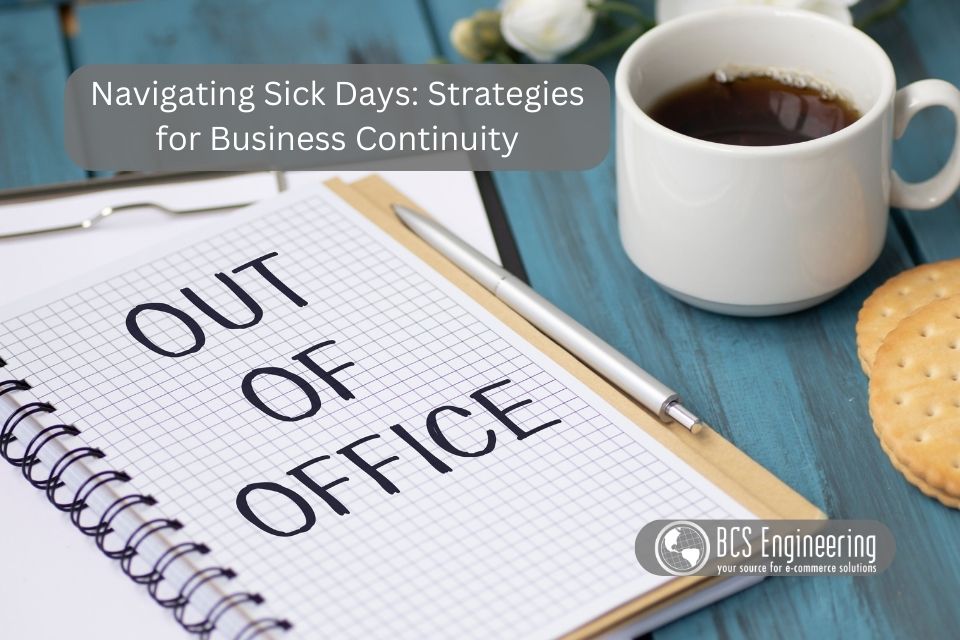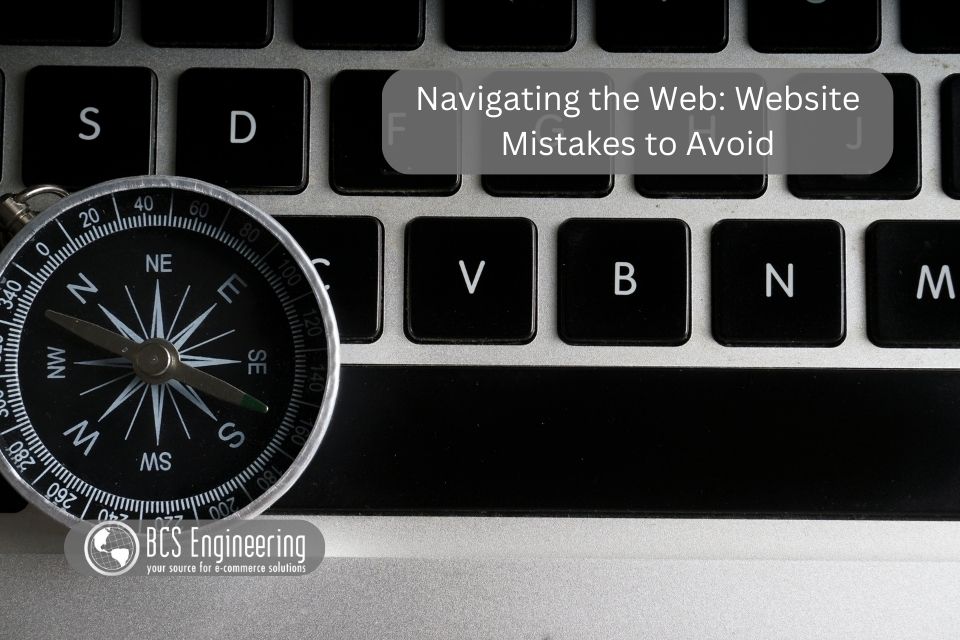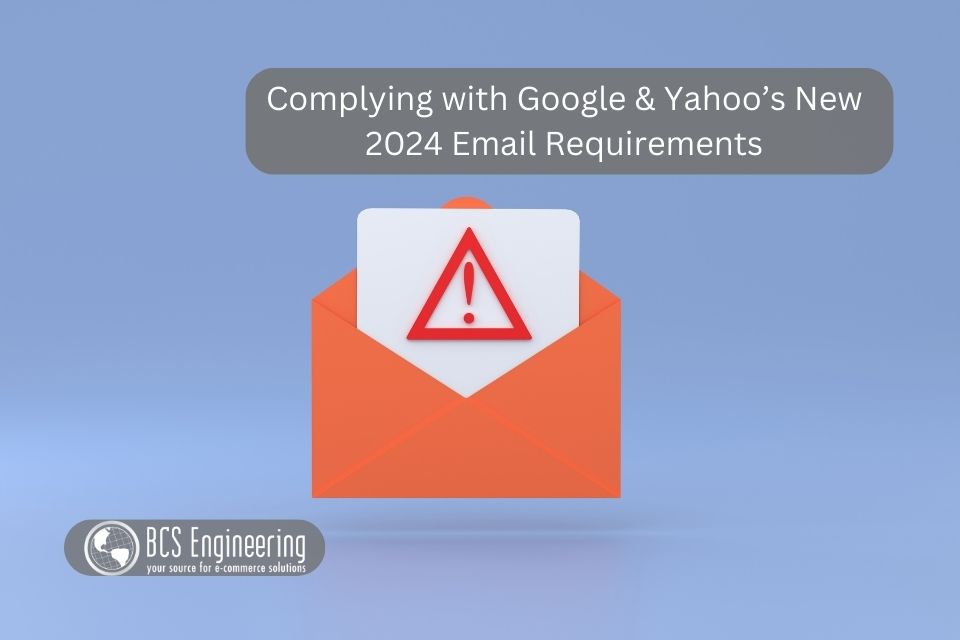In a crowded marketplace where every business is vying for attention, how can you stand out and earn the trust of your potential customers? Social proof can help! By harnessing the power of social proof, your business can not only build credibility and trust but also attract and retain loyal customers. Let’s explore how integrating social proof strategies can elevate your brand and drive success in today’s competitive landscape.

Social proof is about using the influence of others to build trust and credibility. Testimonials, reviews and endorsements are just a few examples of social proof. By incorporating social proof into your marketing strategies and online shop, you can…:
Encourage Validation & Assurance
Social proof provides validation and assurance to potential customers by showing that others have found value in your products and services. When it comes to buying products online, many customers first check reviews before deciding to buy. By reading a positive review, they can see that other fellow customers have enjoyed your product or service. This validation can alleviate doubts and uncertainties, making it easier for potential customers to buy from you.
Reduce Risk Perception
When individuals observe others engaging with a product or service, it reduces the perceived risk associated with trying it themselves. For many customers, you may not be the first solution they have encountered. They may have bought from other merchants in the past with disappointing results. Through social proof, you can potential customers that others have found success with your products and services. If others have had positive experiences with your company, new customers are more likely to feel that they will also be happy with your company, reducing the fear of making a wrong decision.
Expedite Decision Making Process
Social proof can expedite decision-making processes by offering shortcuts for individuals to assess the quality or desirability of something. Without social proof, shoppers would have to find other ways to research if your products and services are what they are looking for. Such research can be time-consuming and lead customers off your site. Instead of conducting extensive research or analysis, potential customers can rely on the experiences and opinions of others to inform their choices quickly.
Build Trust & Credibility
Businesses can leverage social proof to build trust and credibility with their audience. While you as a business owner know your offerings are valuable, customers may not inherently trust your opinions on the matter. However, outside opinions can help. Positive reviews, testimonials, and endorsements from satisfied customers or influential figures can enhance reputation and foster trust among potential customers or followers.
Want to learn more?
Want to utilize social proof, but don’t know where to find it? Listen to our latest eCommerce Made Easy podcast where Carrie explores what social proof can look like and how to use it.
